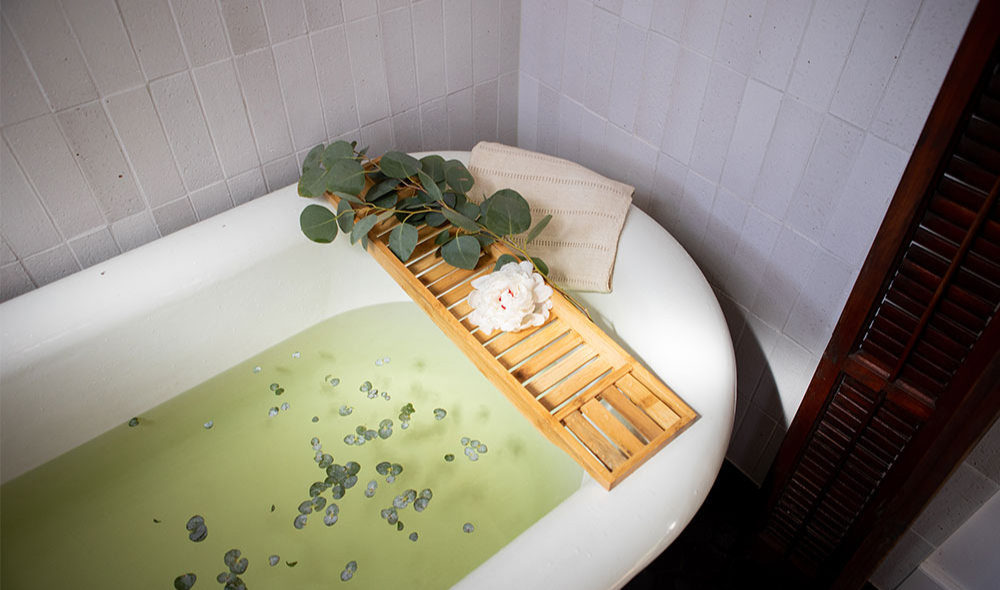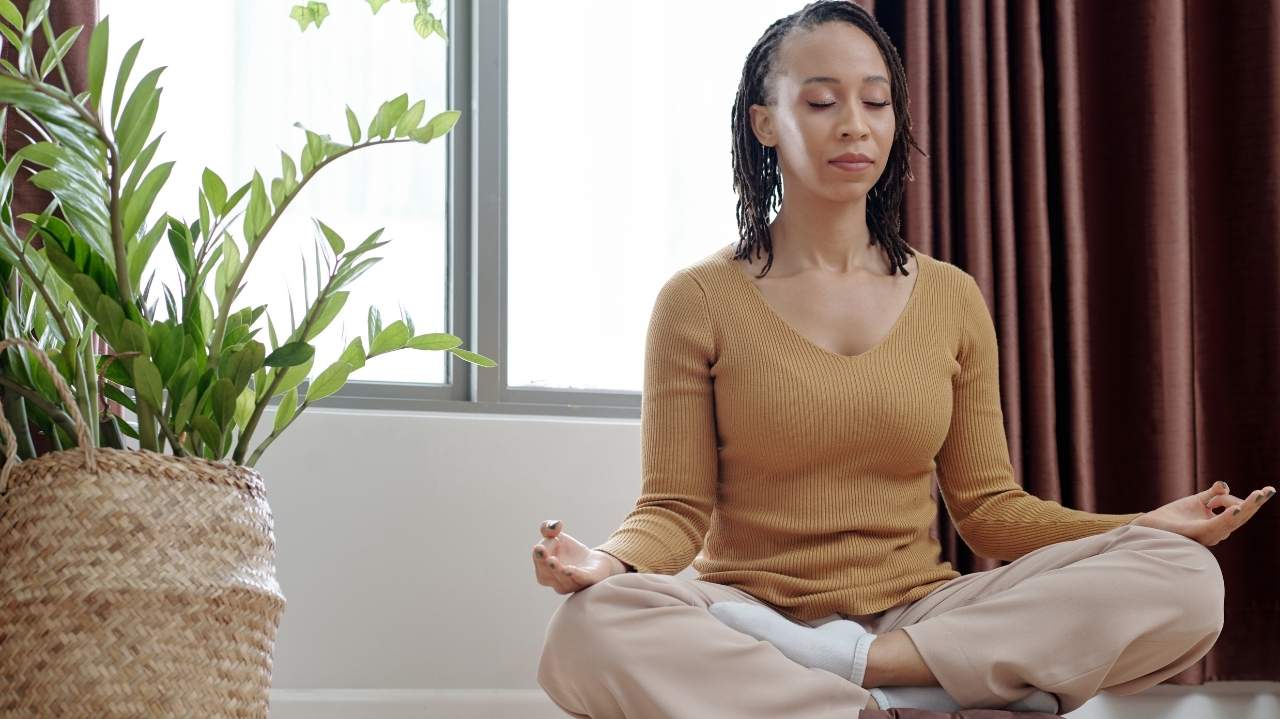Moon bathing is an ancient yet new-age practice that’s been around for thousands of years, rooted deeply in cultures like Egypt, India, Arabia, and China. These traditions believed in syncing with the earth’s seasonal cycles, often worshiping both the sun and moon to align with natural rhythms.
Unlike sunbathing, moonbathing involves exposing your skin to moonlight, feeling its cooling effect touch the soul. As someone who enjoys life close to nature, standing in a comfortable robe under the full moon feels not only nourishing but also spiritually blissful and grounding.
In Ayurveda, an ancient Indian healing practice, moon bathing is used to balance the fiery pitta dosha, promoting harmony and easing inflammatory symptoms in the body. The Ayurvedic view respects the moon cycle, encouraging rituals that bring calm to a fiery temperament.
I’ve found moonbathing after a cold water swim in a quiet space, or simply stepping out to absorb the lunar energy, to be profoundly healing. It’s like a soft bath of light, where even a chilly year night feels warm with herbal infusions and deep connection to health and herbalism.
What is moon bathing?
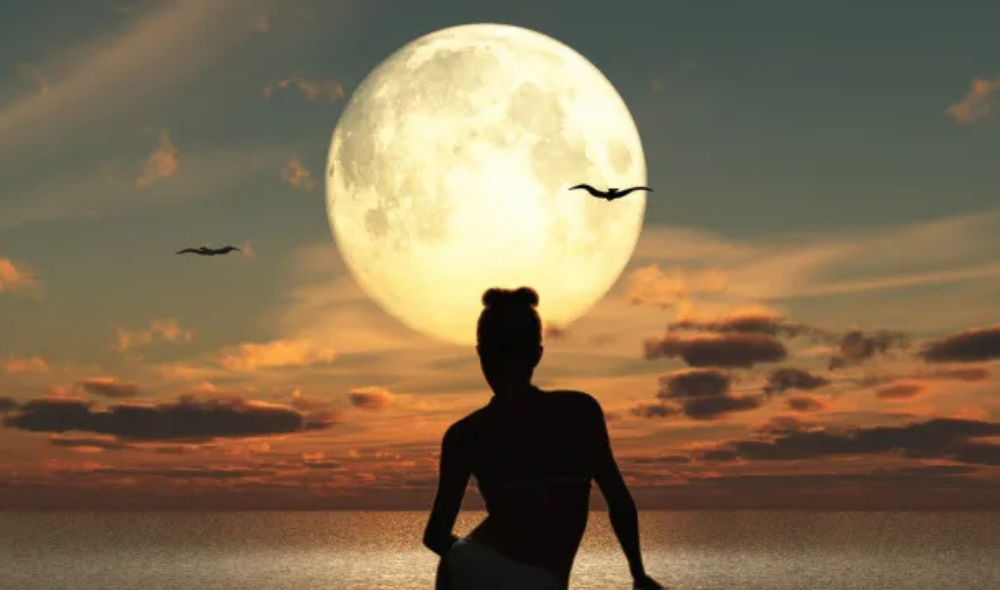
Moon bathing is a calming practice where you spend quiet time outside, allowing your body to absorb the soft light of the moon. Unlike sun exposure, this ritual is gentle, restful, and often done while laying still or taking a slow walk under the moonlight.
I remember my first experience on a balcony with a clear view of the full moon — no clothes, just wrapped in a blanket in a private space, breathing deeply. There’s a natural limit to how long you stay, but even a short moment creates peace. You just need an open space, the right time, and a quiet heart.
What are the benefits of moon bathing?
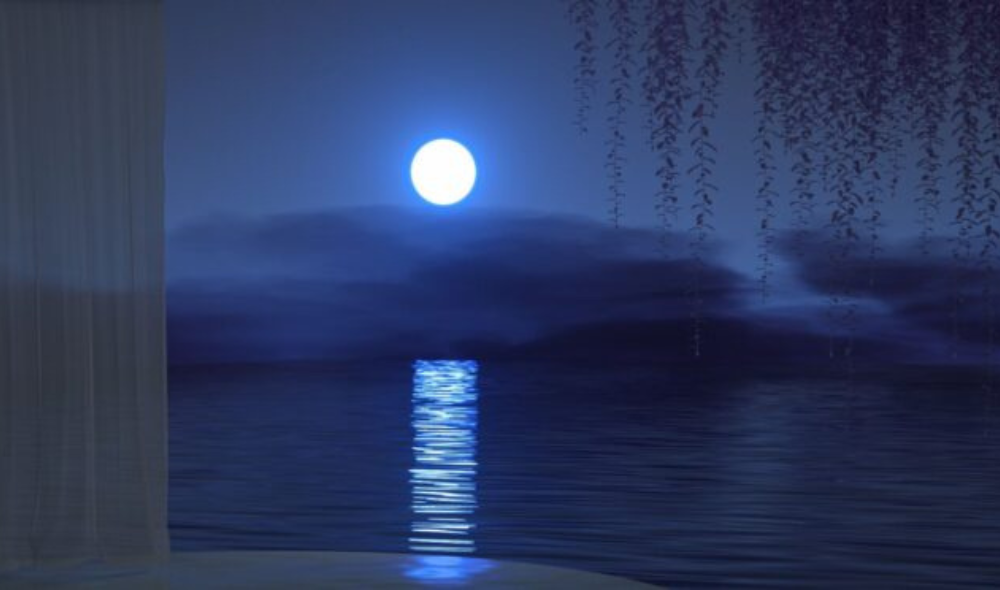
Lying under the moonlight, I felt my mind and body unwind in a way that no other practice could offer. The soothing, cooling glow helped ease the excess heat and anger I often carry from city life, bringing a deep sense of calming. In Ayurveda, this ritual balances the pitta dosha, reducing inflammatory conditions like rashes, hives, and even migraines.
Many women find this practice hormonally beneficial, especially those dealing with menstrual imbalances, perimenopause, or fertility concerns. The moon’s reflected sunlight is believed to boost vitamin D, support the pituitary gland, and regulate follicle-stimulating hormone, estrogen, and luteinising hormone—all key to a healthy 28-day cycle. I’ve personally noticed more regular monthly cycles since syncing with waxing and waning phases, where the egg develops and is released by the full moon around the 14th day.
Bathing in silvery moonlight not only brings general health benefits, but also touches the soul. It’s a nourishing, almost ethereal experience that lowers stress, increases dopamine, and supports the immune system. Under that vast, dark sky, the moon’s light gleaming across my skin reminded me of our connection to nature, a divine yet grounding rhythm in the intricate web of life.
How to moon bathe
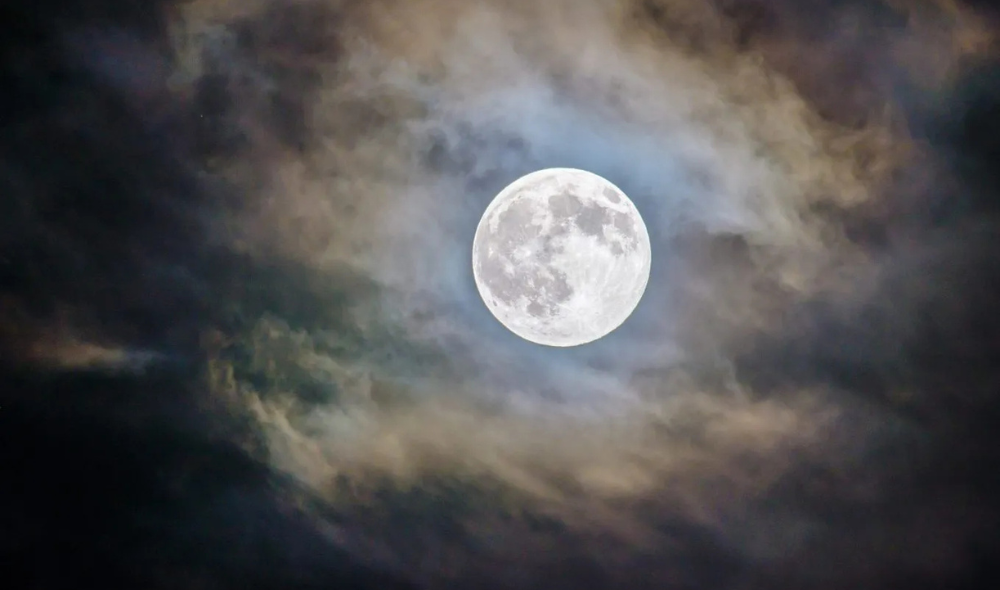
Whenever I moon bathe, I prefer sitting outside in gentle darkness under a bright sky; the full phase always feels the most auspicious, yet the new moon’s inward quiet also deeply correlates with my bodies’ rhythms. I’ve noticed how the ebb and flow of cycles, like the menstrual or lymphatic, are moved by the timing of the moon, almost as if we’re being softly pulled.
Some nights I feel withdrawn, other times I over-feel or even exaggerate my emotion, which I’ve learned from Jillian and Fiona is completely natural when the body aligns with lunar phases. The act is simple—just relax, let the feelings draw you, and allow your body to rest in the night, no rush. A waxing moon can energize, a full moon can amplify, and a new moon reminds me to restore.
Moon bathing rituals
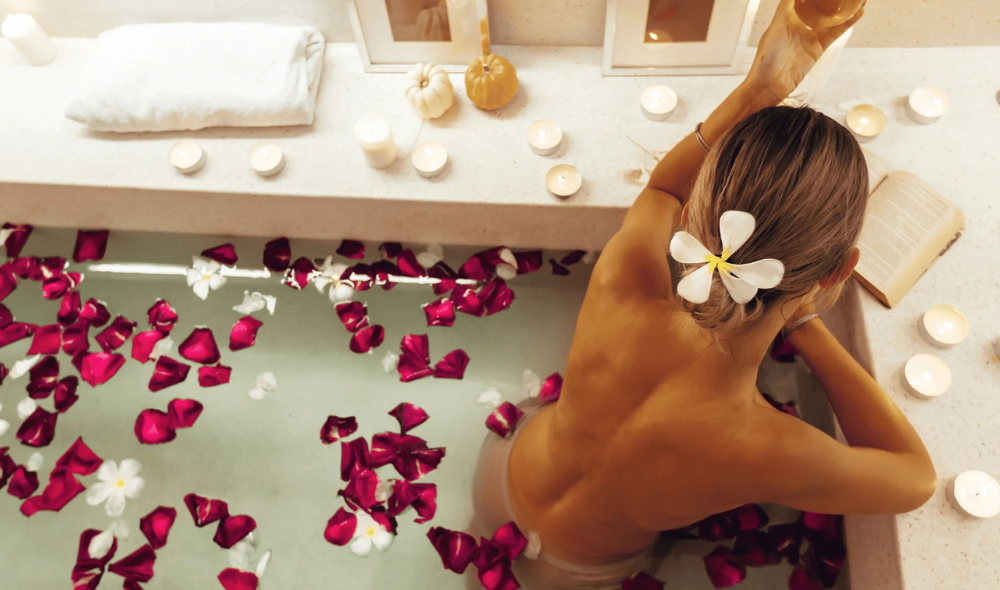
Moon bathing rituals are a deeply mystical practice that align with lunar cycles to help us reset and reconnect. When I first began this journey, I was drawn by the soothing moonlight, a gentle invitation to pause, breathe, and feel.
During the new moon, I find stillness to reevaluate my intentions, using journaling to write down plans and visualise fresh beginnings. I often sit in darkness, allowing my body and heart to detox from noise, judgement, and clutter—creating space for second chances and a clear slate. The moon phase becomes a mirror for reflection and inward movement.
With each full moon, I create a sacred space with crystals, singing bowls, and symbols like Buddha or feathers, letting their energy be cleansed and fuelled. I express gratitude, acknowledge mistakes without shame, and honour the emotional reactions that rise and pass. These rituals have helped me notice the areas I’ve been suppressing or overlooking, bringing me closer to my purpose and the magic the universe can provide when I simply trust.
What is moon water?
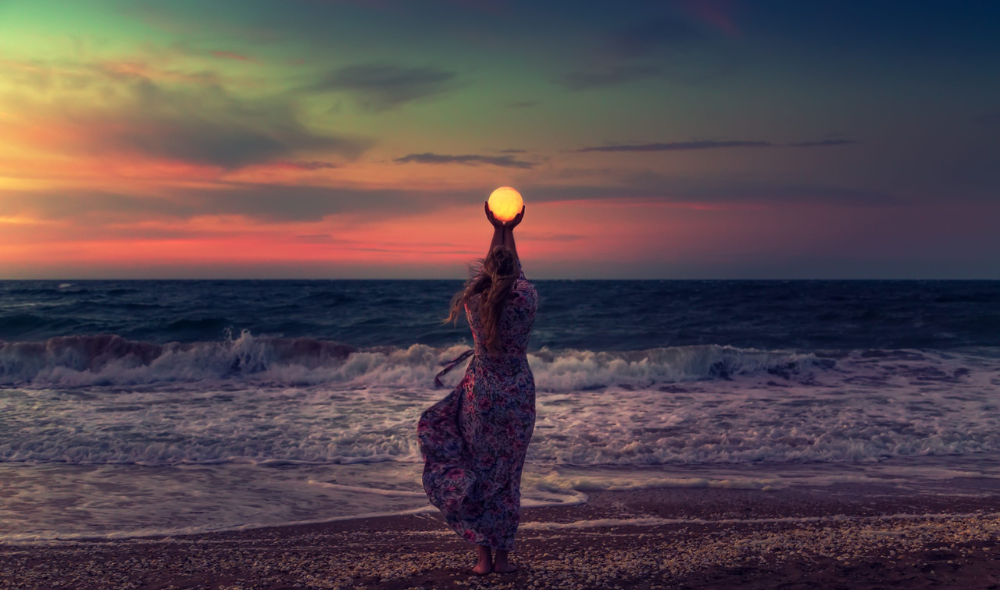
When I first learned how to make moon water, I placed a clean jar by the window, letting it sit overnight to absorb the moon’s power. It felt like a quiet kind of magic—connecting with the moon’s cycle while staying cozy at home. Some nights I’d even sit outside, letting the cool air and silvery light wash over me in a gentle moon bath.
Depending on the phase, especially during a full moon or lunar eclipse, the water becomes more potent. I use it to cleanse my crystals, feed my plants, or simply add it to a warm bath when I feel the need for a gentle alternative reset. It’s more than just a trend—it’s about creating a mindful space, whether you’re moon bathing outdoors or inside.

